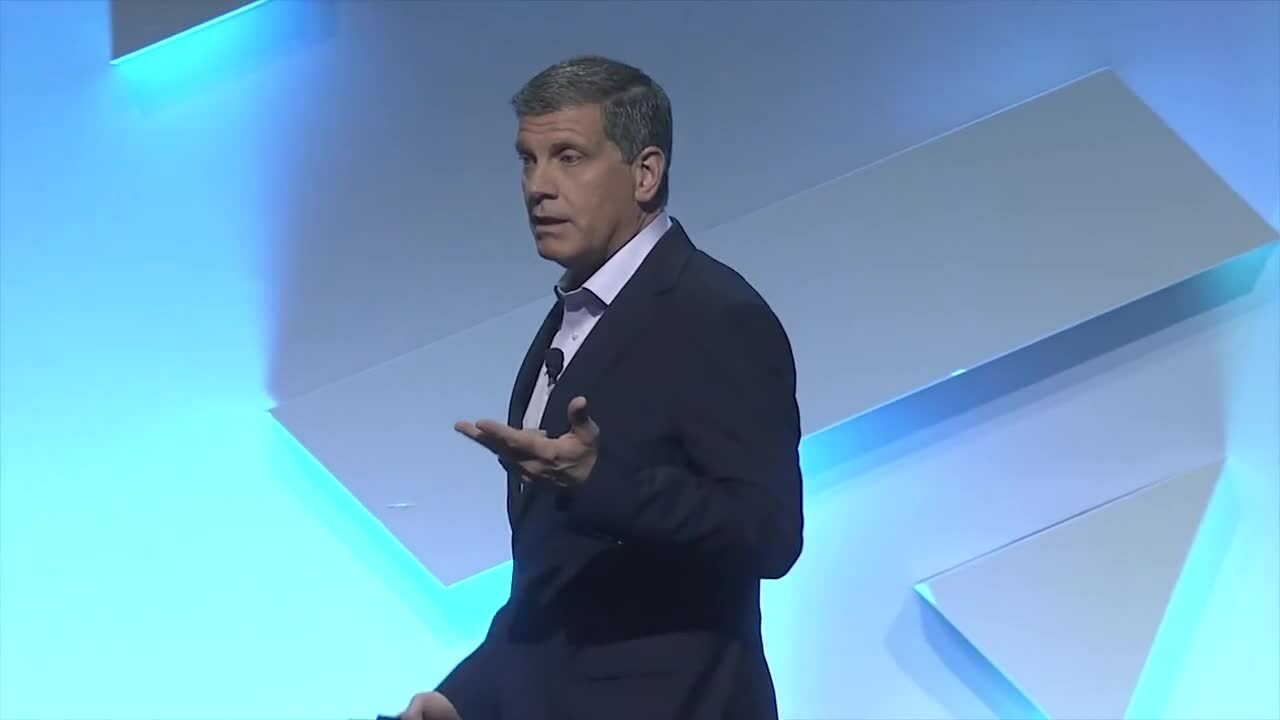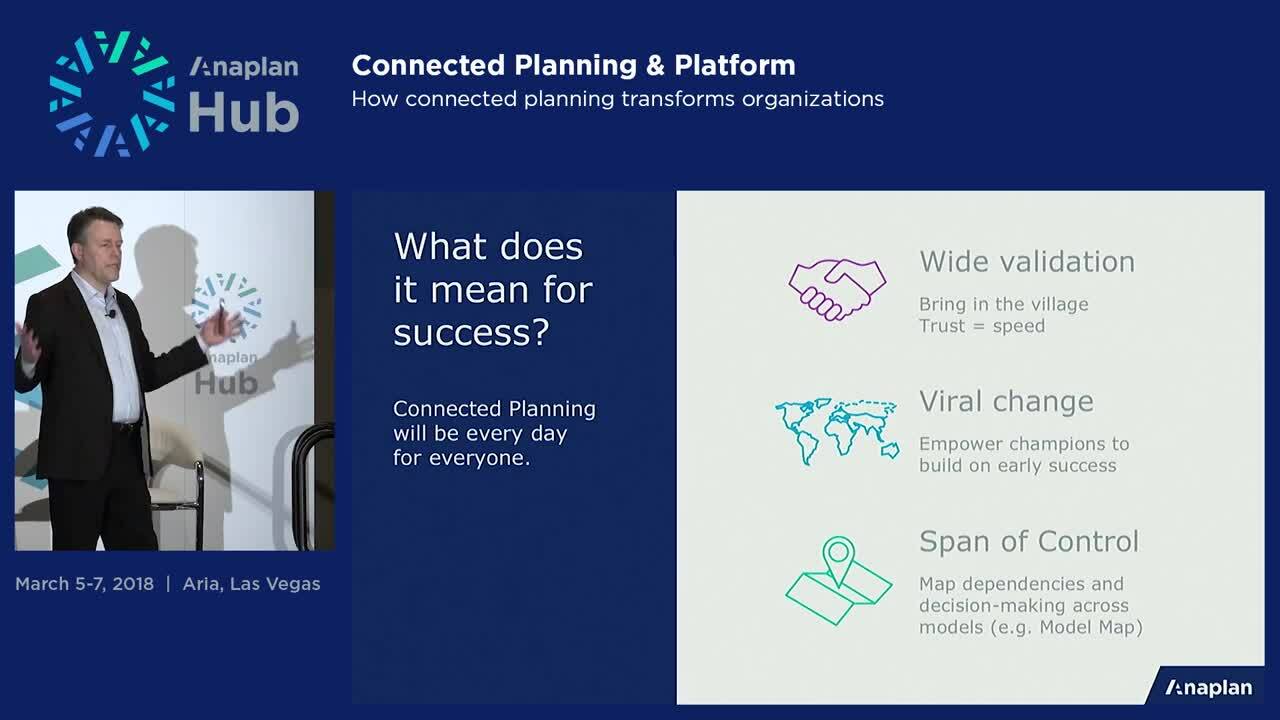5 Truths of Connected Planning


In today’s increasingly fast-paced economy, leading global organizations all have the same goal: to be agile and responsive to swiftly react to market volatility and shifting consumer demands. However, the majority of companies still face the challenge of having data, people, and plans that live in isolated spreadsheets, making effective cross-enterprise collaboration nearly impossible. Below are five truths that illustrate how, with cloud-based Connected Planning, businesses can transform the way they plan by unifying data, people, and plans on a single platform.
What we mean when we say “connected”
Let’s start with the basics: Connected Planning joins together people, data, and plans to help accelerate better business performance. The static business plans of yesterday are often ill-equipped to quickly respond to today’s dynamic market conditions and external events. Traditional planning approaches and technologies lack the collaboration, insights, and predictive, self-learning capabilities necessary to inform strategic decision-making.
Connected Planning breaks down information silos to eliminate any inefficiencies among financial planning, corporate planning, and operational planning.
Five Connected Planning truths
The Connected Planning shift is taking place because traditional, legacy planning tools and processes can block businesses from achieving the visibility and agility needed to stay ahead of uncertainty.
These five truths define why the future of business planning is connected. .
- Plans as we’ve known them are dead.
Whether built in legacy software systems or spreadsheets, we’ve all experienced plans that are out-of-date the moment they are created. When planning processes are overly rigid, manual, and time-consuming, revising the plan is daunting. When you combine this rigidity with a lack of connectivity in the rest of the organization, the result is sluggish planning and counterproductive backtracking.The most successful organizations use Connected Planning to modify plans on-the-fly and identify the drivers of the business with forward-looking data. This way, the implications of any adjustments are automatically seen and implemented across plans and business units. - Plans have historically provided an agreement about the past; Connected Planning defines the future.
When it comes to planning cycles, many teams spend the vast majority of their time trying to gather the data or determine what happened in the past. Even with all of the energy spent questioning the data and agreeing on the plan, they are still relying on past performance as an indication of future performance despite the ineffectiveness of this approach. Connected Planning means shifting the focus from data consolidation to analyzing and determining risks and opportunities to ensure the best future performance.
- Plans as we’ve known them are dead.
- The distance between planning and real-time decision-making must be zero.
Think about how much time gets spent on consensus-building when putting together a plan before actually acting on that plan. When data and plans are connected across the organization, you can slash the amount of time spent on data agreement and interlock, reduce the decision-making cycle, and stop making significant decisions based on plans or assumptions that, as noted, are based on the past.
- The distance between planning and real-time decision-making must be zero.
- Connected Planning will be every day for everyone.
Many planning cycles are done by the few and ignored by the many. As you start to execute on a plan, having widespread participation and feedback is important if you want to successfully make adjustments. When all planning activities are executed within a single platform and leverage shared data, getting everyone to trust the plans becomes simpler. This generates speed in the decision-making cycle and enables groups to collaborate in real-time, making immediate adjustments based on feedback.
- Connected Planning will be every day for everyone.
- Connected Planning frees fearless leaders.
Planning systems can make people prisoners of the past. (Think about that dreaded phrase, “This is how we’ve always done it.”) However, the tools and plans that got your business where it is today aren’t necessarily what can get it where it needs to go tomorrow. Standing up, taking notice, and deciding to drive transformational change within an organization requires three key people:- An executive sponsor providing top-down support who can advocate for the success they’ve seen in their organization and bring it into other functions.
- A change agent empowered to challenge the as-is state of the organization, build connections with colleagues, and push the transformation through.
- A model builder who can track the value of the transformation from start to finish, from conceptualizing the first model to the full implementation.

Marking a case for beginning the Connected Planning journey
When you decide it’s time to begin your Connected Planning journey, start by looking into the planning systems and tools that you use today, where you might benefit from real-time collaboration, and where you’re dealing with high volumes of data and dimensionality. These are the key indications that you can leverage to make a case and get buy-in for starting your Connected Planning journey. Above all, look for the pain in the planning process, whether it results from a lack of granularity in results, too many spreadsheets being sent back and forth, or a lack of trust in the numbers, these are the signs that Connected Planning can be a solution.

Has your investment in an integrated software suite led to unforeseen maintenance costs? Discover the tactics some vendors use to sell you into the trap of low-cost add-on software.